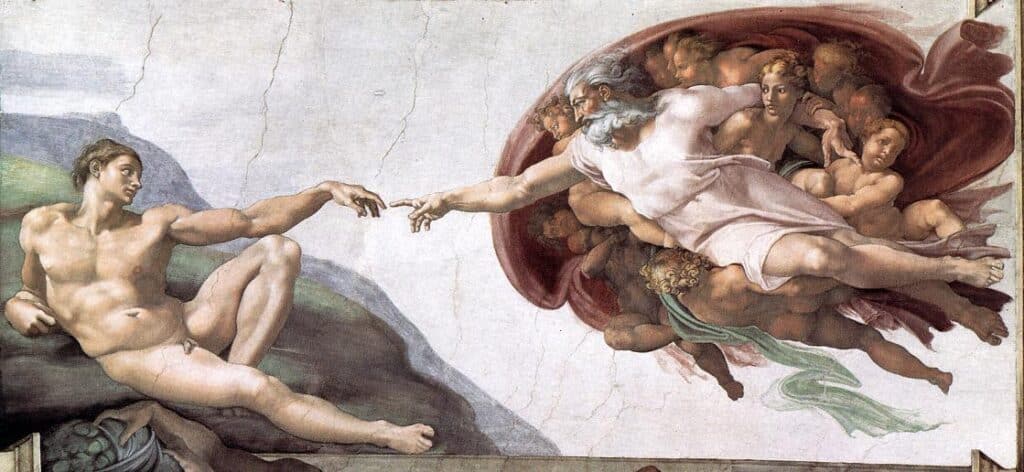
The entrance fee to the Sistine Chapel is included in the Vatican Museums entrance fee and is approximately 26,50€ as of 2023. To visit the Sistine Chapel, you must enter the Vatican Museums and follow the linear route to the chapel. You do not need to make a separate reservation for the Sistine Chapel ticket, you can enter the Sistine Chapel with the Vatican Museums entry-ticket.
Tickets for the Vatican Museums and the Sistine Chapel, which have a certain entry limit, can sell out 2-3 weeks before during tourism periods. For this reason, we recommend that you make your ticket or tour reservation online in advance. By purchasing a skip-the-line ticket, you can enter contactlessly by simply scanning the barcode in the e-mail sent to your e-mail address without waiting in the ticket queue.
If you want to visit the Sistine Chapel within your vacation budget, you may want to consider booking an early entrance ticket or a night tour. Of course, the prices of these tickets & tours are higher than the normal entrance ticket. You can consider it within your budget.
History of the Sistine Chapel
Today, the Sistine Chapel, which you can enter as part of your visit to the Vatican Museums, has been the most important place of Christianity for the last 500 years. It tells the story of humanity from the creation of man to the last judgment day, covering the walls of the chapel from walls to ceilings.
The Sistine Chapel is located in the heart of Vatican City, near St. Peter’s Basilica. The plan of the chapel is quite simple and from the outside it resembles the appearance of a small castle. Modeled after the Temple of Solomon in Jerusalem, it is 20.7 meters high, 40.90 meters long and 13.40 meters wide.
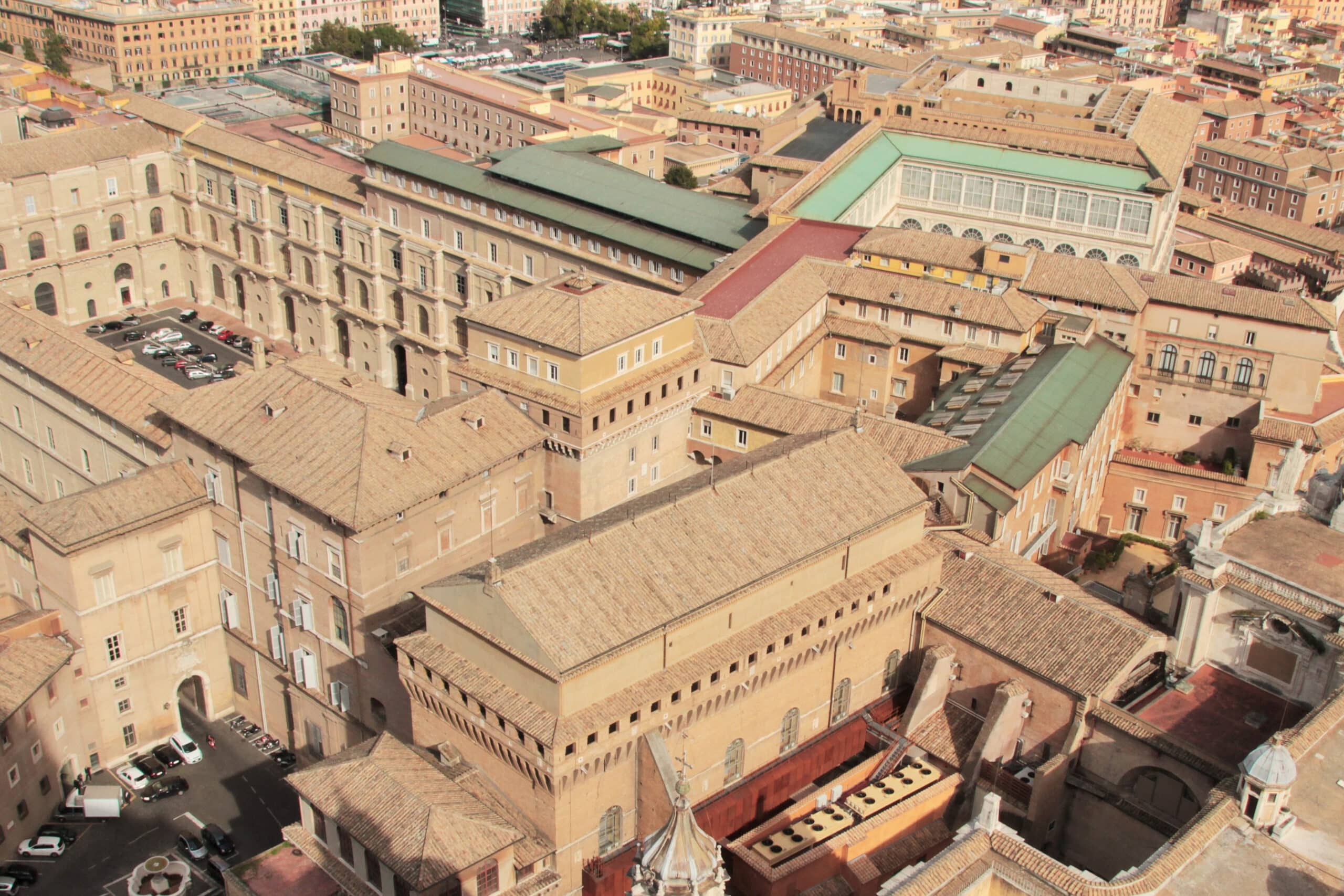
Aerial view of the Sistine Chapel
Rome, the center of the ancient world and the capital of centuries, became the center of this religion with the spread of Christianity. St. Peter, the apostle of Jesus and the first Pope, was martyred by being crucified upside down in the area known today as the Vatican. Constantine, the first Christian emperor, built the first St. Peter’s basilica on the site of St. Peter’s tomb. After the conversion of Rome to Christianity, the area began to change and develop rapidly.
Where the Sistine Chapel stands today, there was the Cappella Magna (Magna Chapel), thought to have been built in the 12th century, and it was in ruins. Between 1477 and 1483, Pope Sixtus IV had the Magna Chapel demolished and the present chapel built on its foundations by the architect Baccio Pontelli. The name Sistina comes from Pope Sixtus; the original Italian word for Sixtus is Sisto. The first mass in the Sistina Chapel was celebrated on August 15, 1483 on the feast of the Assumption of the Virgin Mary.
The main reason for the construction of the Sistine Chapel was the Conclave, an important meeting. This meeting is held after the death of the current Pope in order for the College of Cardinals to elect the next Pope.
After the voting is over, the votes are burned in a special stove installed inside the chapel. The chimney is connected to the outside of the Sistine Chapel and if the smoke coming out of the chapel is black, it means that a Pope has not yet been elected. However, if white smoke comes out of the chapel, it means that a new Pope has been elected. The color of white smoke and black smoke, which today is prepared with special chemicals, was in the past extracted by burning damp straw for white smoke. However, in the past, sometimes the adjustment did not work and the smoke was mixed many times.
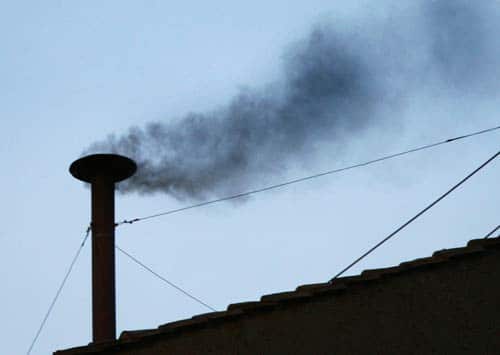
The first meeting held in the Sistine Chapel to elect a Pope took place in 1492 with the election of Pope Alexander VI, known as Pope Borgia. Although 52 popes were elected after Borgia, only 25 meetings (political upheavals, invasions and other crises) were held in the Sistine Chapel.
By the 15th century, an extraordinary period of cultural revival began, characterized as the Renaissance. After the construction of the chapel was completed, Pope Sixtus turned his attention to the interior decoration.
The floor is inlaid in multicolored marble, while the lower part of the walls are traditionally covered with tapestry figures. The purpose of the barriers in the center of the chapel was to keep observers out of the area while representatives of the Papal government, the highest ranking clergy (Cappela Papalis), held meetings.
The chapel has a three-story layout with fresco paintings of the life of Jesus Christ (right side) and Moses (left side) in the central part of the walls. The painted niches between the windows contain portraits of the popes. When it was first built, the large ceiling of the chapel was simply decorated with stars until Pope Julius commissioned Michelangelo Buonarotti.
After his appointment, Pope Julius asked Michelangelo to repaint the plain starry ceiling and asked Michelangelo to paint the 12 apostles. However, Michelangelo resisted the Pope’s request; he convinced the Pope to paint 9 subjects from the Old Testament on the ceiling of the chapel, such as the Separation of Light and Darkness, the Creation of Adam, the Expulsion from the Garden of Eden and the Great Flood. On the half-moon-shaped recessed walls on the sides/bottom of these frescoes, seated prophets and seers of the pagan period, originally called Sibyls, who foretold the coming of Jesus, were depicted.
Michelangelo painted the entire ceiling of the Sistine Chapel between 1508-1512. In 1535, 23 years after he painted the ceiling, Michelangelo was commissioned by the Pope to paint the altarpiece of the Sistine in 1535; for 6 years he painted the theme of the Last Judgment – Judgment Day on the altarpiece of the chapel.
Ceiling of the Sistine Chapel
In 1508, Pope Julius II, known for his love of art, asked the sculptor Michelangelo Buonarotti to redecorate the ceiling of the Sistine Chapel. The Pope actually asked the master artists of the time, such as Raphael and Bramante, if they could paint the ceiling, but neither of them accepted the task.
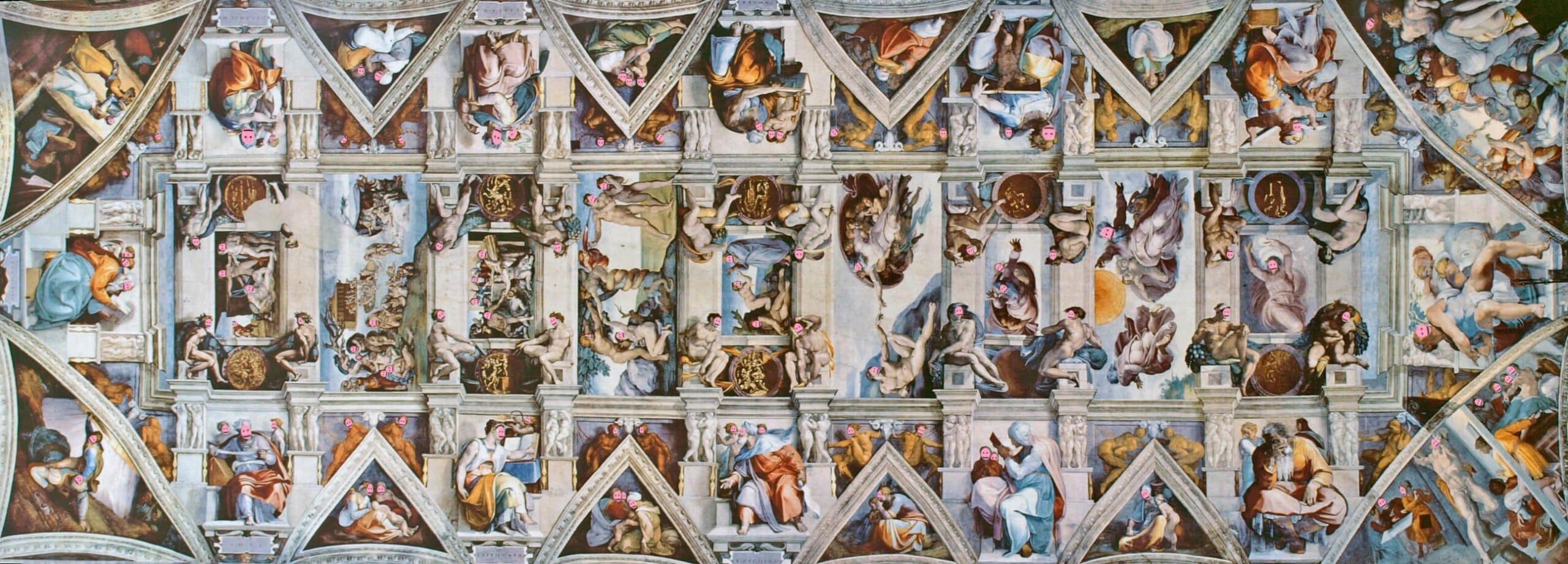
Ceiling of the Sistine Chapel – Photographer: Ff38492 via Wikimedia Commons.
Rumor has it that Raphael and Bramante offered it to the Pope in order to discredit Michelangelo, who they saw as a rival and was actually a sculptor. Because Michelangelo had never undertaken such a work until the decoration of the ceiling of the Sistina Chapel. Raphael and Bramente thought Michelangelo could not do it.
Michelangelo refused to paint the ceiling because he had little experience in fresco painting, but he had to accept due to the Pope’s extreme insistence. Michelangelo, who made the famous Pieta sculpture in St. Peter’s Basilica when he was only 24 years old, was angry with Raphael and Bramente for being given this task by Julius.
Michelangelo painted the ceiling of the Sistina Chapel in 4 years (1508-1512). In 1510, Michelangelo took a break from painting the Sistine Chapel for almost a year. He was 36 years old when he finished his work. However, he faced many difficulties. He had to build his own scaffolding, he could not get along with his assistants and assistant painters, so most of the time he worked only himself.
Michelangelo’s health deteriorated due to intense work. Because he was working all day long. In order to paint the ceiling, he was bending at many angles and this started pain in his back and back that would last until his death.
It is said that Michelangelo worked at night by attaching candles to an apparatus he placed on his head. Michelangelo’s eyes also deteriorated due to falling paint chips during painting. In 1509, in a letter to his friend, Michelangelo mentions that “a layer of filth formed on his face” and adds: “my spine is knotted from folding myself, I am not a painter.”
In addition to all this, he was dealing with an impatient Pope who wanted to finish the chapel before he died. The Pope wanted to see the chapel often and wanted it to be finished as soon as possible.
Michelangelo first made the drawings of the frescoes on thick papers of real size, and these papers were placed on the ceiling. The fresco technique was used for painting. The fresco (fresco means fresh in Italian) painting technique also required a fast working technique. Because everything painted on wet plaster had to be completed before the plaster dried. Imagine, it is said that Michelangelo painted the fresco of the Creation of Adam in just nine days.
Last Judgment Fresco
Michelangelo finished the ceiling of the Sistine Chapel at the age of 36, completing the task given to him by Pope Julius. However, the ceiling of the chapel will not be Michelangelo’s last work in Sistina. He will be called to work again by Pope Clement, this time 25 years later at the age of 61. This time, the task assigned to him was to paint the Last Judgment scene, the Day of Judgment, on the altar of the chapel. In the Last Judgment scene, Michelangelo told the story of Jesus, who came to earth for the second time, deciding who would go to heaven and who would go to hell.
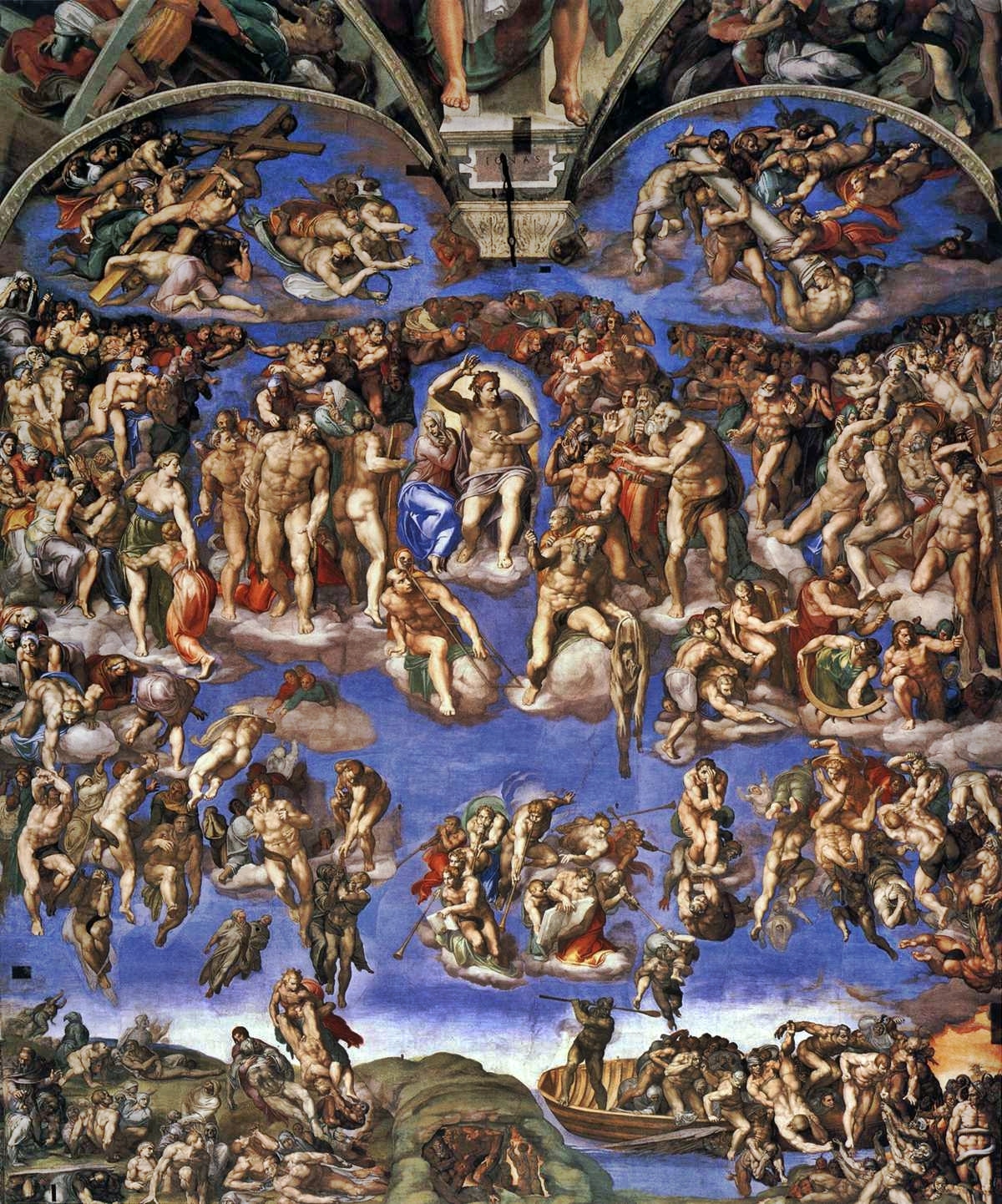
The Last Judgment (Italian: Il Giudizio Universale) is a fresco by the Italian Renaissance painter Michelangelo.
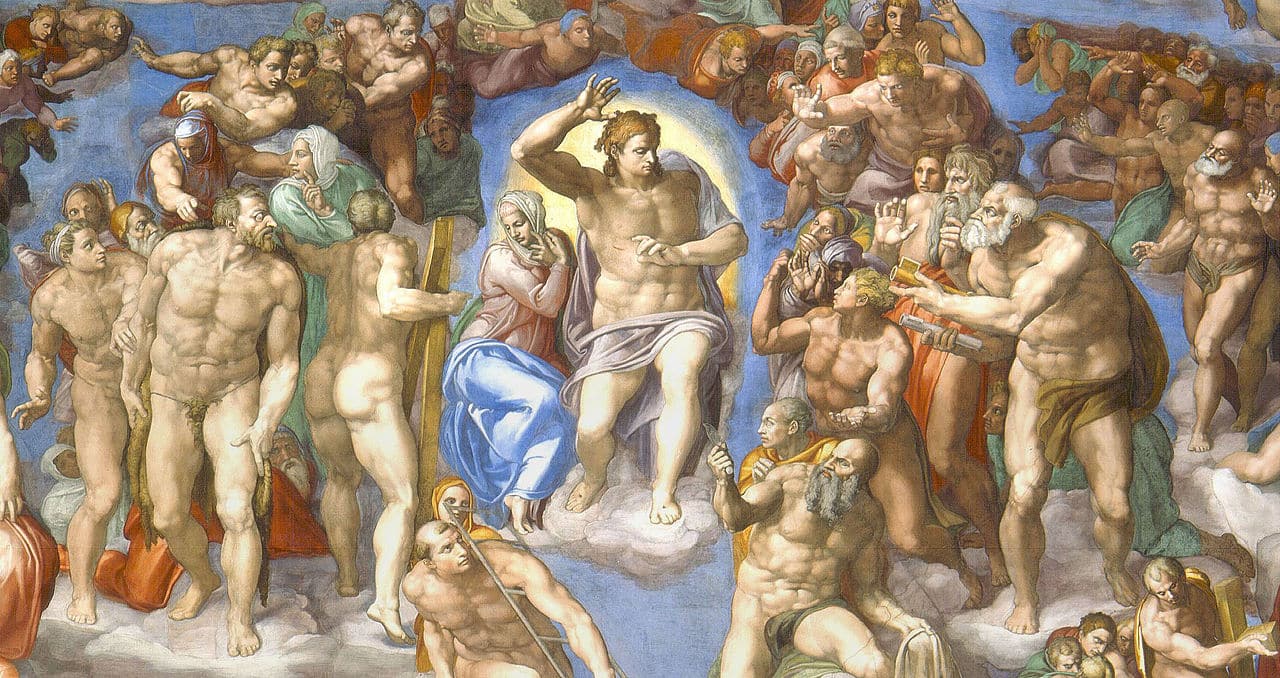
Sistine Chapel
It took Michelangelo 5 years to complete the Last Judgment fresco. At the age of 32, he did not have the energy he had as a young man, and he had terrible back pain that had started when he was painting the ceiling of the chapel.
Rules You Must Follow
There are some rules that you must follow during your visit to the Sistine Chapel, which are supervised by the staff. The dress code in the Sistine Chapel is the same as in the Vatican Museum. However, we would like to remind you that the control is stricter. For this reason, you should not come with clothes that leave your shoulders open.
It is also strictly forbidden to take photos in the Sistine Chapel. The chapel staff can be quite harsh and offensive in this regard.
How to get to the Sistine Chapel?
Transportation information to the Sistine Chapel is the same as the Vatican City. To get there by metro, you can get off at the Ottaviano or Cipro metro station on line A and then take a short 8-10 minute walk to the museum. There are also many bus lines going to this area and you can use bus lines 40,64,60, 81,32,492.After entering the museum, the linear line of the museum will take you to the chapel.

